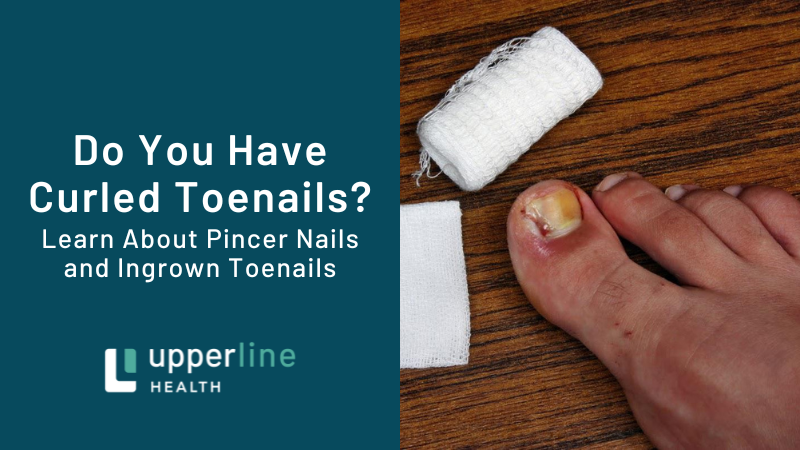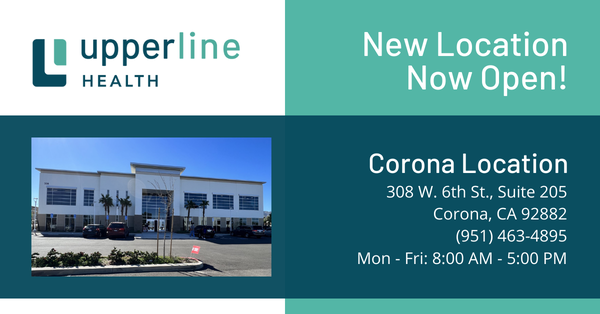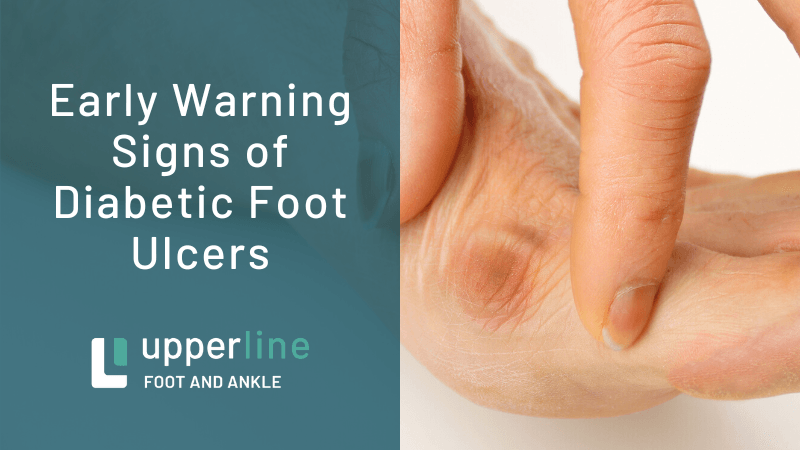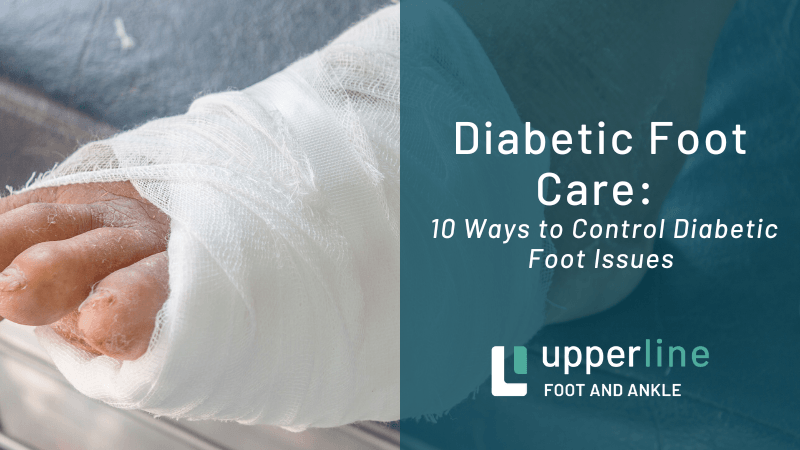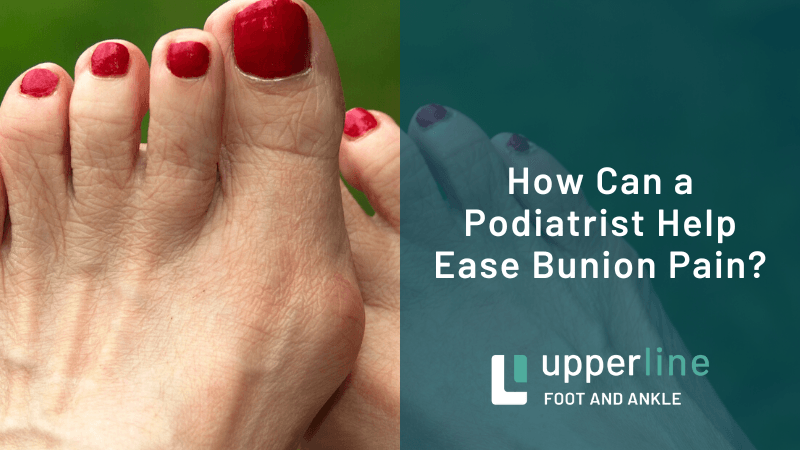Painful Foot? You Might Have a Bone Spur
July 10, 2020
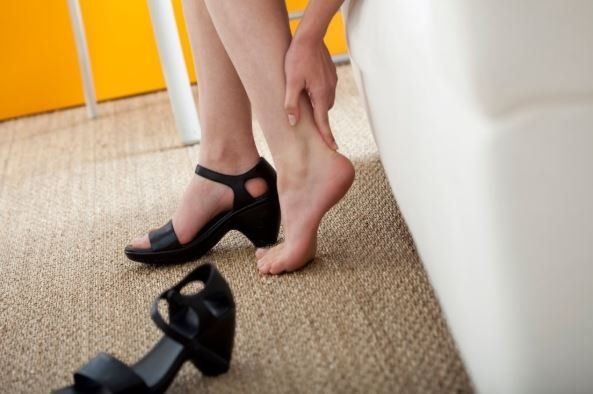
Human feet can develop a variety of painful problems. One of the more common issues involves excess bone that creates pain and inflammation, a problem known as a bone spur. If you have a bone spur on your foot or heel, you may find wearing shoes, playing sports, or even standing unthinkably difficult.
Some basic information on bone spurs can help you understand why they occur, when to suspect that you have one, how you can treat the problem, and what you can do to prevent its recurrence. Check out these key points about bone spurs and their effects on the feet.
Why Bone Spurs Develop
A bone spur, or osteophyte, develops at the point where two bones come together to form a joint. This smooth overgrowth of bone may occur in or around any joint that sees frequent use or stress. Since your feet must support your body weight as you stand, walk, or run, they naturally run the risk of bone spur development.
Other factors can elevate your risk for bone spurs of the feet. Examples include obesity (which places an additional load on the foot bones), overly tight footwear, low arches (flat feet), and fractures or other injuries to the joints. Age-related osteoarthritis represents an additional risk factor as joint cartilage deteriorates.
Where Bone Spurs Occur on the Feet
Three common places where bone spurs develop on the feet include the top of the foot, the toe, and the heel. A bone spur at the top of the foot often occurs toward the center of the foot, although it can affect any of the midfoot joints. Toe spurs can grow on either the inside or outside surfaces of the toe joints.
Heel spurs develop on the underside of the calcaneus, or heel bone. Unlike the smooth overgrowths in other foot heel spurs, heel spurs can assume a hooked or pointed shape, extending up to half an inch in length.
What Bone Spurs Look and Feel Like
Many bone spurs of the feet show no symptoms at all, going undetected for life without presenting any problems. Unfortunately, some bone spurs make their presence known all too keenly. When you can see the affected area, you may notice a bony swelling or protrusion, as well as a sensation of heat from the trouble site.
Pain and stiffness commonly accompany bone spurs of the feet. You may experience a noticeable loss of mobility in the affected toe or toes. Heel spurs can produce a sharp, intense pain when you first stand up in the morning. This sensation may give way to an uncomfortable ache that continues throughout the day.
How Podiatrists Treat Bone Spurs
An examination by a skilled podiatrist can quickly confirm a bone spur as the source of your discomfort. X-rays will usually (but not always) display joint swelling or bone overgrowth. The podiatrist will ask you about your lifestyle, any history of foot injuries, and specific symptoms to help establish the diagnosis.
Bone spur treatment varies according to the bone spur's severity and with the underlying issues that provoked the bone spur in the first place. For example, you may receive recommendations for weight loss or a change in footwear. These changes won't eliminate the bone spur, but they may relieve symptoms.
Conservative treatment techniques focus on easing inflammation, relieving immediate pain, and reducing soft tissue swelling. Non-steroidal anti-inflammatory drugs, heat, and ice can provide short-term relief. Cortisone injections can provide extended relief for more serious bone spur symptoms.
Most bone spur sufferers can get satisfactory results from non-invasive methods. However, if you cannot get relief from conservative techniques, your podiatrist may recommend surgery to remove the offending piece of bone.
How to Keep Your Feet Free of Bone Spurs Whether you've never had a bone spur in your foot or you just want to reduce your odds of getting another one, preventative measures can help you optimize your foot comfort and function. Keep your weight under control, wear proper arch support (including orthotics, if necessary), and avoid tight-fitting shoes.
Upperline Health California can help you get over a painful bone spur problem. Contact us to request an appointment.

